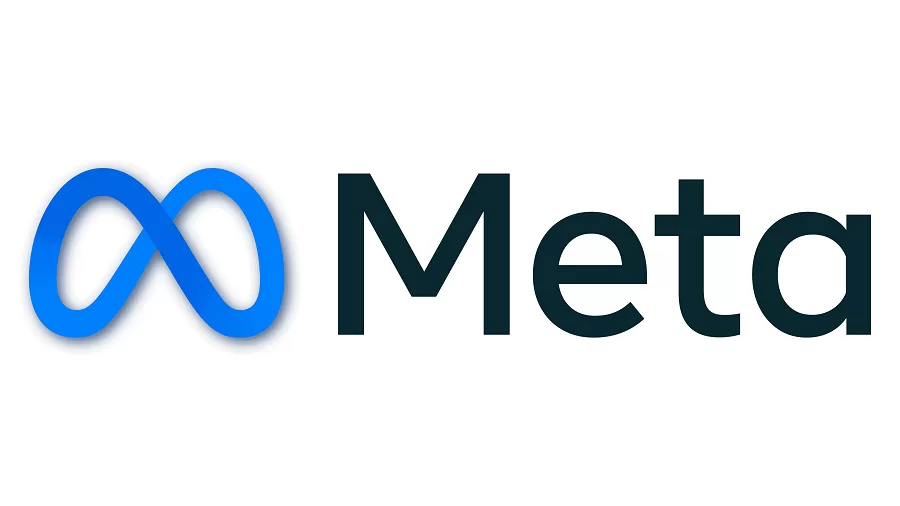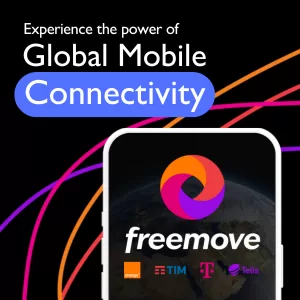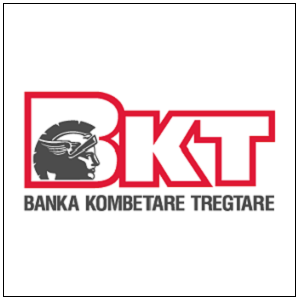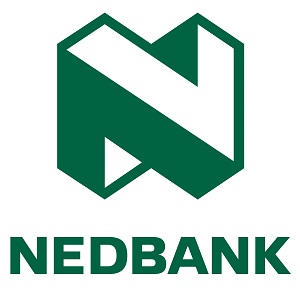Brands Social
Meta Unleashes Llama 4 Models

- Meta has revealed the three newest Llama 4 AI models: Scout, Maverick, and Behemoth. They possess superior multimodal capabilities, and the architecture itself has a better Mixture of Experts (MoE) efficiency.
- Scout and Maverick are now open to the public but with a very stringent licence, none more so than for EU users and large-scale platforms.
Meta surprised folks by releasing Llama 4 Scout and Maverick on Saturday, April 5, 2025, an unusual move for a technology powerhouse. Typically, important releases avoid weekends, but this is Meta’s daring AI push. The Llama 4 lineup, which includes Scout, Maverick, and the unreleased Behemoth, was trained using vast amounts of text, image, and video data to achieve sophisticated multimodal understanding. These models are far more than incremental enhancements; they represent a significant step forward in Meta’s ambition to lead AI innovation.
What’s New with Llama 4?
Meta says that Llama 4 is a new phase in its AI ecosystem. The models are built on a Mixture of Experts (MoE) architecture, which gives them greater intelligence as well as efficiency. In this approach, the tasks are broken down into small chunks and assigned to small expert models, making the entire system faster and smarter.
Here’s a rapid overview:
- Scout: The most efficient model is used for document summaries and reasoning over large codebases. It can absorb large amounts of information—up to 10 million tokens in one go—and can run on a single Nvidia H100 GPU.
- Maverick: The company says Maverick is best for “general assistant and chat” use cases like creative writing, exceeds some of its competitors including OpenAI’s GPT-4 and Google’s Gemini 2.0 on certain coding, reasoning, multilingual, long-context, and image benchmarks. It has 400 billion parameters, with 128 “experts” trained in its operations.
- Behemoth: A work in progress with everything we can say about it in its name. It is about to become Meta’s strongest AI, with almost 2 trillion parameters. It’s said to be performing better than GPT-4.5 and Claude 3.7 Sonnet in math and problem-solving tasks, although it doesn’t get quite the extra edge against Gemini 2.5 Pro.
So Why Now?
Meta’s Llama 4 release on April 5, 2025, follows the success of DeepSeek’s models from a Chinese lab, which debuted in January 2025. The models have proven to be just as competent, if not better, than the earlier versions of Meta’s Llama series. However, it is said that Meta opened internal “war rooms” to study how DeepSeek attained such performance at cheaper costs.
Thus, Meta seems to have stepped up its effort to improve its own AI quickly.
Accessible by Some, But Not by All
Scout and Maverick have already been opened for download at websites like Llama.com and others like Hugging Face, but there are some restrictions.
These models cannot be used or shared in the EU by users or companies based in the same region — most likely because of the strict data privacy and AI laws set by the EU, which Meta has previously disapproved of. Also, companies with a monthly user base greater than 700 million should seek a special licence approval from Meta, at which it can either approve or deny an application.
Upgrade for Meta AI
The newly developed Llama 4 models are already driving Meta AI in all applications like WhatsApp, Messenger, and Instagram in 40 countries. For now, though, other advanced capabilities — like analysing images and videos — are only being used in English and only in the United States.
A Softer Approach to Tough Subjects
Llama 4’s handling of sensitive questions is one of its more controversial updates. It does not refuse to answer quite so often about political or social topics that spark debate, something that was a frequent occurrence in earlier versions. Meta claims this makes the model more balanced and responsive to a whole range of viewpoints.
Speaking for the company, the spokesperson said, “Now, this model is more likely to give helpful, factual responses without judgement,” concerning bias that has been perceived as calling other chatbots politically one-sided.
The change comes in concert with increasing scrutiny from figures around former President Donald Trump, including Elon Musk and David Sacks, who previously offered accusations of AI models being “woke” or biased against conservative viewpoints.
Yet, bias is a very complicated problem in AI. Even Musk’s xAI, has not been able to almost weed it out completely. The goal seems to be to make their AI more useful and transparent whilst not taking sides.
What’s Next for Llama?
Llama 4 is a huge step forward for Meta, not only increasing computational capability but also recalibrating AI’s interactions with the outside world. Meta hopes to compete with OpenAI, Google, and Anthropic by combining smarter processing, broader access, and more open discourse.
With Behemoth just around the corner, it seems like a stronger breed of Meta’s Llama family is yet to come.


















































